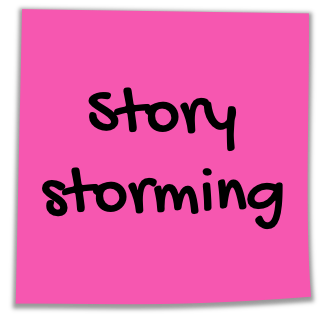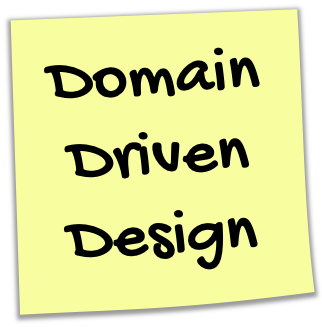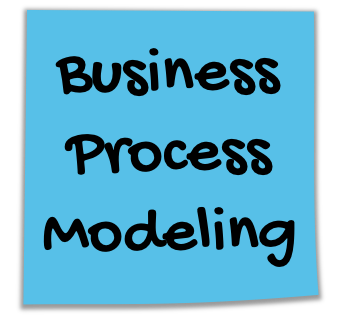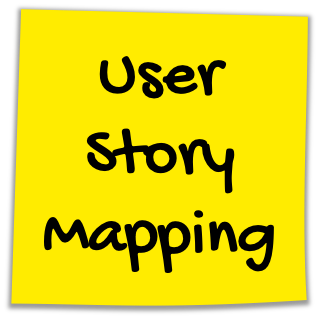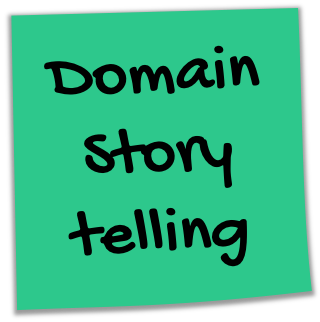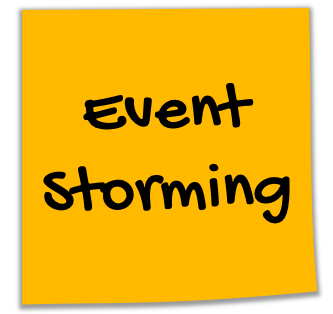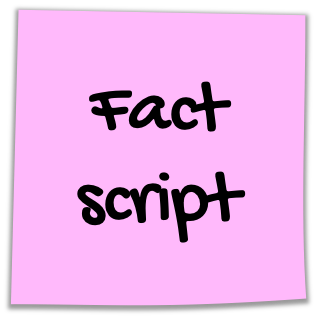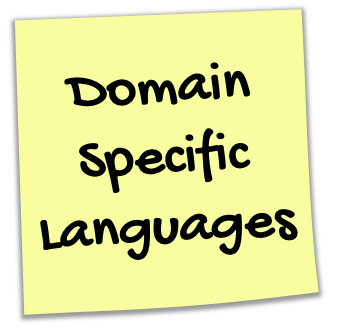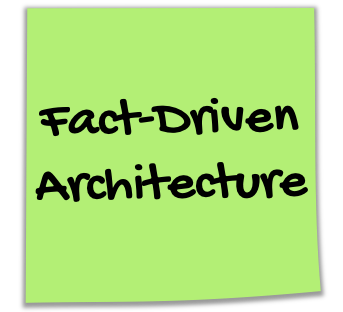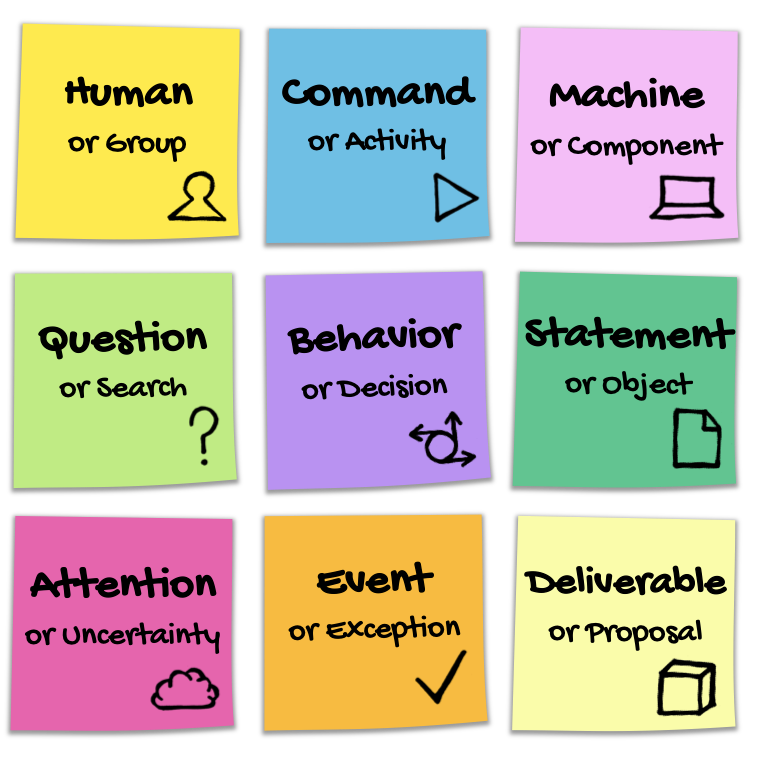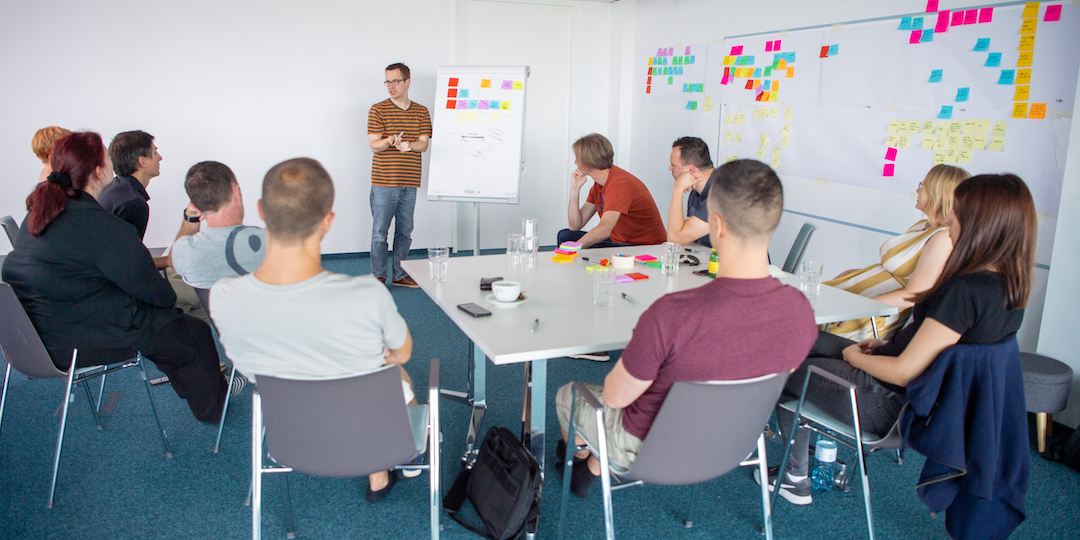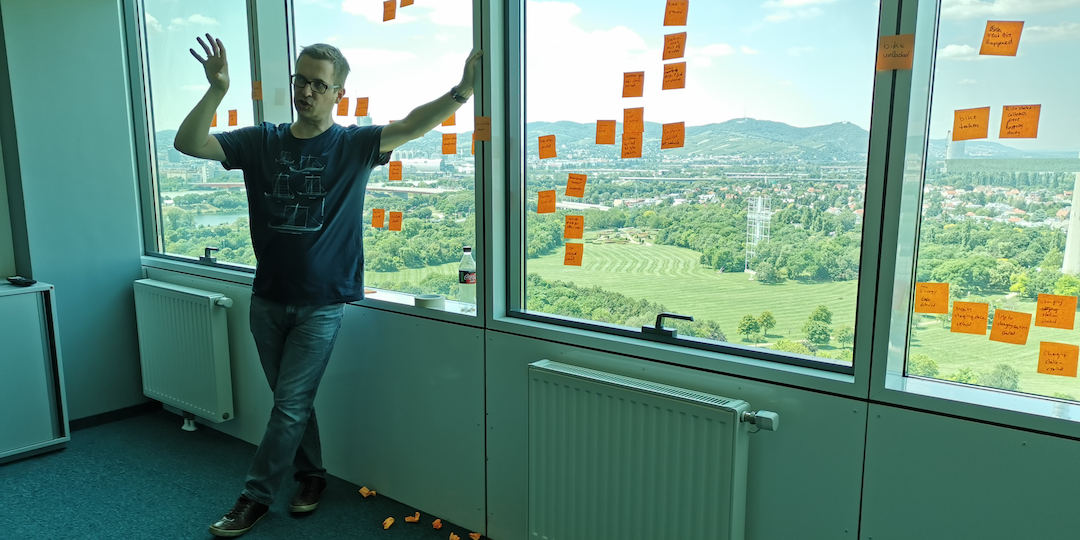By visually mapping known methods such as Domain Storytelling, User Story Mapping and Impact Mapping to a small set of reusable building blocks and colors inspired by EventStorming, these methods become more accessible to busy organizations, but can also be easily linked with each other.
What to expect
In this hands-on workshop, we will work in teams to analyze an exciting and fairly new domain and design various solution proposals. We will explore four different workshop methods, invest a bit time in their original background and discuss goals and different situational use cases for the methods. In order to make the relationships in between the methods and our findings visible and to gain new insights, we will use a simple set of building blocks and colored sticky notes to represent them. By doing that, our findings can be visually linked with each other and results of one method may serve as a direct starting point for the next method. On our way through our hands-on exercises, we will learn quite a bit about important cross-cutting topics rooted in Domain-Driven Design, such as the Ubiquitous Language and the Bounded Context.
Is this for me?
Are you confronted with analyzing or designing customer journeys, workflows or business processes, with or without a relation to business software development? Are you a domain or business expert in your company required to collaborate with software people? Are you a product owner, a business analyst, a software architect or a lead/senior software developer? Are you looking for lightweight methods to succeed with process or software design workshops?
If one of these questions applies, this training is for you!
Inside the Storystorming Toolbox
Domain Storytelling
Stefan Hofer’s and Henning Schwentner’s Domain Storytelling leverages the most natural way to learn a language: listen, imitate and start to speak the language yourself. Little children repeat what they have heard and receive feedback. Gradually, they understand more than words, begin to form sentences and later tell complete stories. In Domain Storytelling, we listen to domain experts as they talk about their work and use their language. We enable them to record their sentences with a very simple system. They form stories out of visualized sentences and after a few stories we already know many of the persons, activities and objects of the domain!
EventStorming
Alberto Brandolini’s EventStorming is a flexible and adaptive workshop format for collaborative exploration of complex business domains. It comes in different flavours to understand the bigger picture of your domain, to explore complex domains across organizational boundaries or to inspect and adapt software behavior in greater detail as needed for mission critical processes. The colors and building blocks of Storystorming are strongly inspired by EventStorming and carefully coordinated with its existing concepts and colors. Storystorming generalizes the building blocks a bit in order to use them in a neutral manner across several methods.
User Story Mapping
Jeff Patton’s User Story Mapping is a pretty simple idea, but with a huge impact on the effectiveness of product backlogs, team meetings, and release planning. Based on a user journey through a product or on the basis of a larger business process, the big picture of many requirements can be clearly presented and understood. This way we can prioritize in a much more meaningful way, because the customer focus is always maintained, the users and the way they use our product are visible and at the center of all our considerations.
Impact Mapping
It’s pretty „easy“ to get bogged down in creative processes or even completely lost. But our products and projects do not exist in a vacuum: we are surrounded by people, other projects, our organization and a larger society. Gojko Adzic’ Impact Mapping guide us through a dynamic process of iterative decision-making, placing different deliverables in the context of their perceived impact on key stakeholders. Impact maps help us to ultimately achieve the expected and hoped-for business results by constantly responding to changes on the move, „grounding“ our plans, adapting them to reality.
Domain-Driven Design
On our way through different methods, we’ll run into important topics rooted in Domain-Driven Design, such as the Ubiquitous Language and the Bounded Context. The ubiquitous language is the term Eric Evans, author of “Domain-Driven Design” uses for the practice of building up a common, rigorous language between domain experts, users and developers. It’s very important that we healthily obsess with language and a common understanding of the concepts we express, because this is the basis for what we will end up with, in particular also in software. However, language is not universal, but exists inside “bounded contexts”, a focus of strategic domain-sriven design, which is all about dealing with large models and teams, dividing large problems and solutions into smaller ones and being explicit about their interrelationships.
